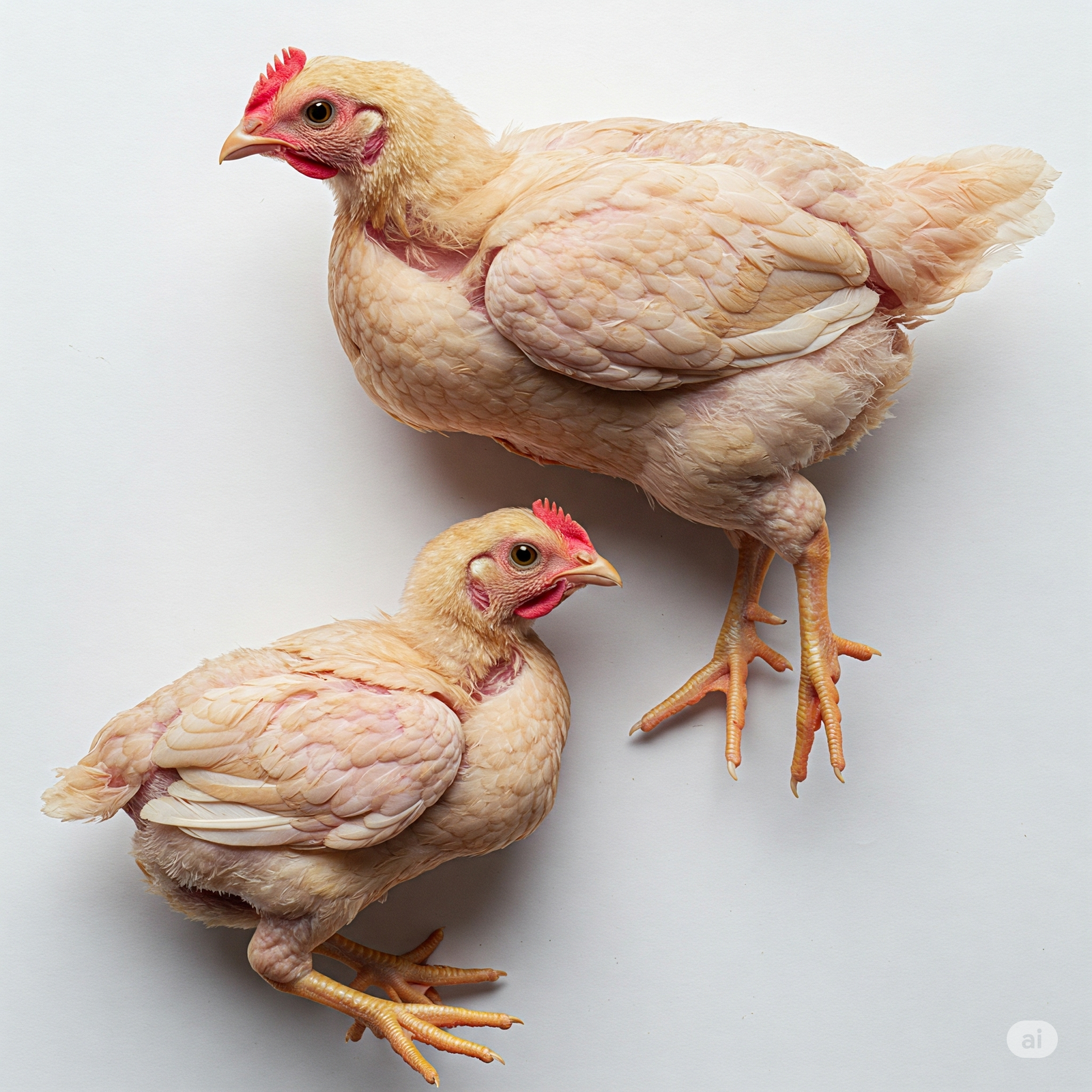The invisible variables that shape success in modern poultry production
In theory, two broiler farms can look identical on paper: Same breed, same feed formulation, same placement day, even the same number of birds.
But visit them after 25 days, and you might see two different realities: One flock gaining uniform weight, thriving with minimal mortality. Another, sluggish growth, uneven birds, and recurring health challenges.
What’s going on here?
Welcome to the world of microvariables — the subtle, often invisible factors that determine whether your birds just survive or truly perform.
1. The Microclimate Paradox
It’s not just about what’s on the thermometer. Even minor differences in air movement, litter moisture, or ammonia levels can impact bird stress and feed conversion. Birds raised in poorly ventilated corners — or on farms with outdated shed architecture — burn more energy to cope, leaving less for growth.
Tip: Frequent shed audits and real-time tracking can detect silent stressors before birds show symptoms.
2. Gut Health Starts Before the Gut
The gut isn’t an isolated organ — it’s a reflection of everything else: environment, diet transitions, immune pressure, and early life stress. One farm may manage chick placement better, provide stable water quality, or handle pre-starter feed more precisely — all of which shape the early microbiome.
Tip: Strategic support during microbial shifts (like feed changes or vaccinations) can prevent slowdowns that don’t recover.
3. Invisible Management Culture
Some farms just “click” — because the people in charge are proactive, not reactive.They anticipate changes, they record diligently, they act on small deviations instead of waiting for large ones. Others may run “by memory,” responding late, overlooking stress signs, or skipping small SOPs that compound over time.
Tip: Training and data-driven checklists turn intuition into insight, especially when handed off between shifts.
4. The Role of Resilience, Not Just Performance
Modern poultry systems focus so heavily on peak performance that they often ignore resilience — the bird’s ability to bounce back from heat, pathogen exposure, or handling stress. A product, practice, or protocol that adds just 2–3% more resilience across each stress point could be the reason one farm hits target weight while another falls short by 150g.
Final Thoughts: Farm is the Formula
There’s no such thing as a perfect feed or a guaranteed input unless the farm ecosystem is aligned to let it work. Some farms don’t underperform because the birds are weaker — they underperform because subtle inefficiencies accumulate. In the modern broiler cycle, the invisible makes all the difference.
And the farms that pay attention to the invisible variables?
They’re the ones that quietly outperform the rest.

